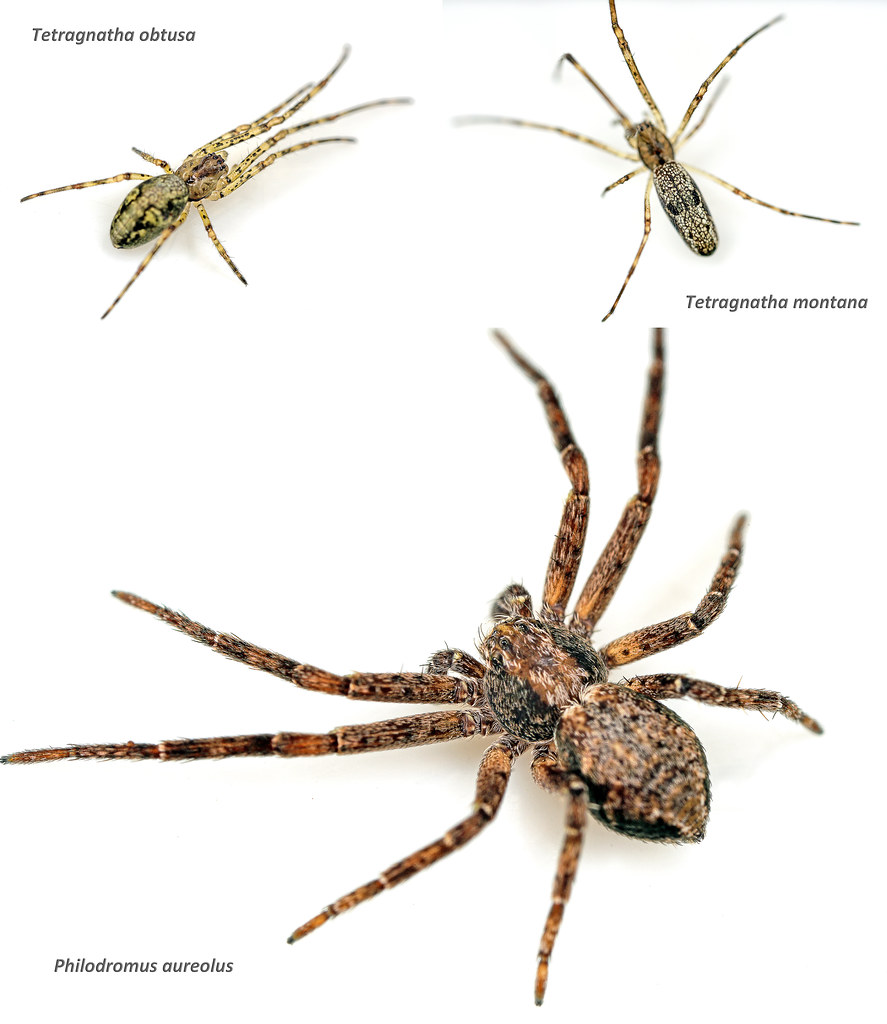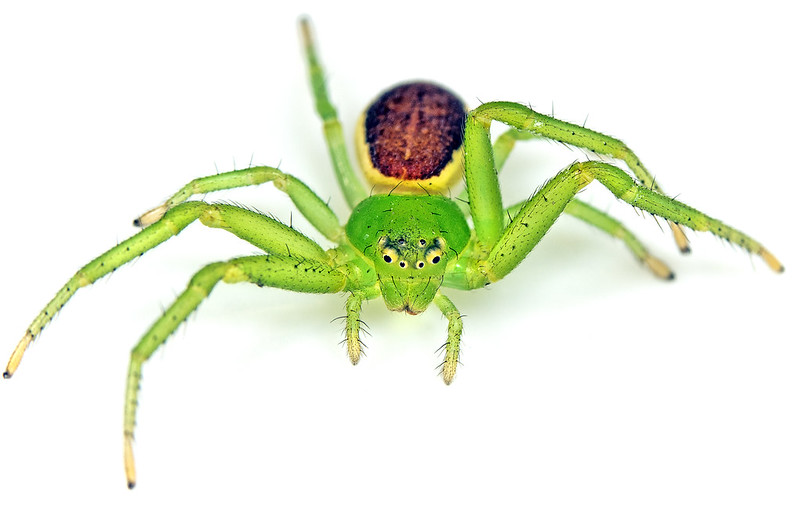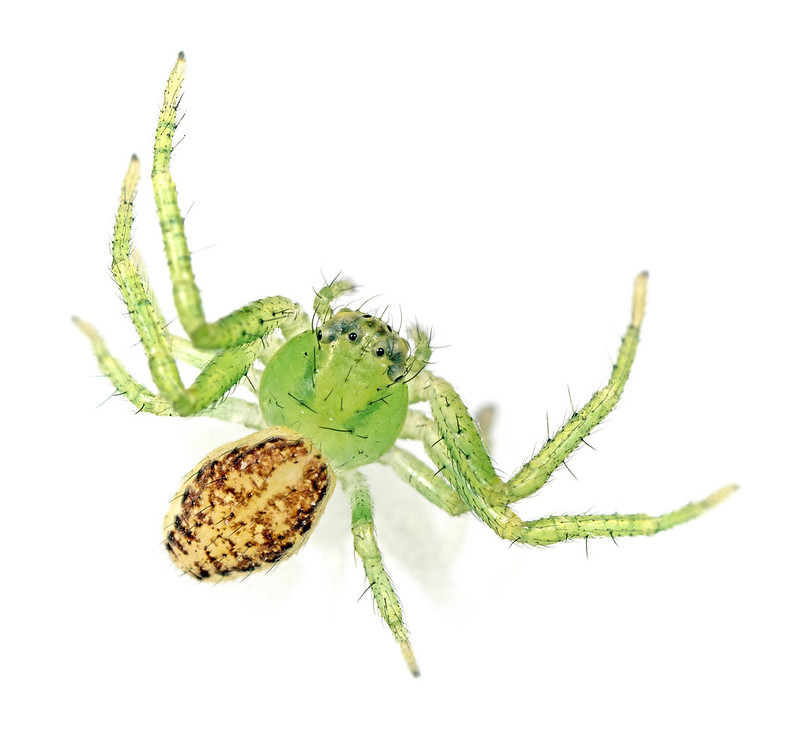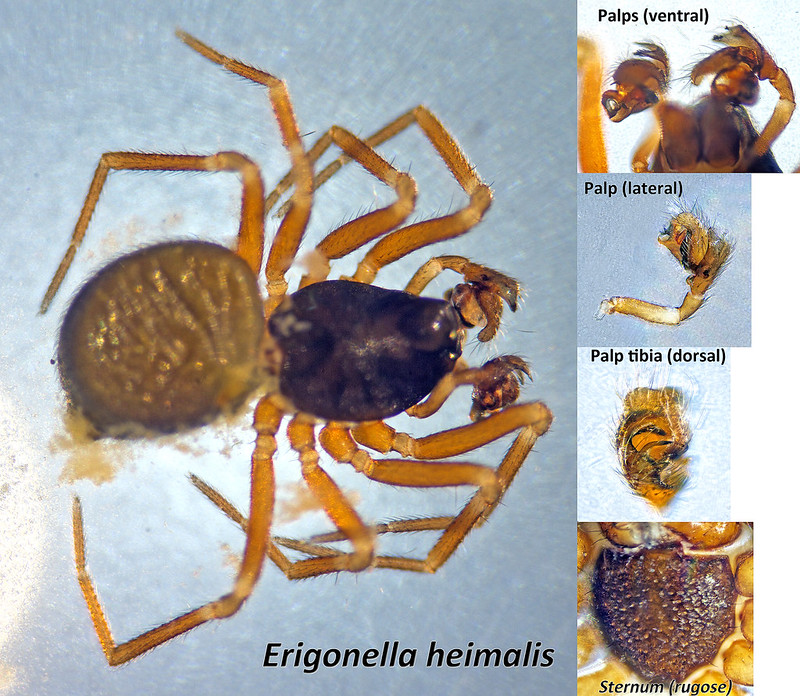
I'd planned to go out to Pickworth Great Wood today, and that fact that an Orange Underwing was recorded there yesterday didn't put me off. On entering the wood you stand with one foot in VC55 and the other in VC53, and the first thing I saw on the path was an Orange Underwing (definitely on the VC55 side!). Much fumbling with camera and swearing, by which time it had flown off. By the end of the day though we'd seen plenty - I stopped counting at 20. Plus too many Brimstone and Peacock butterflies to count, three Commas and two male Orange Tips.






